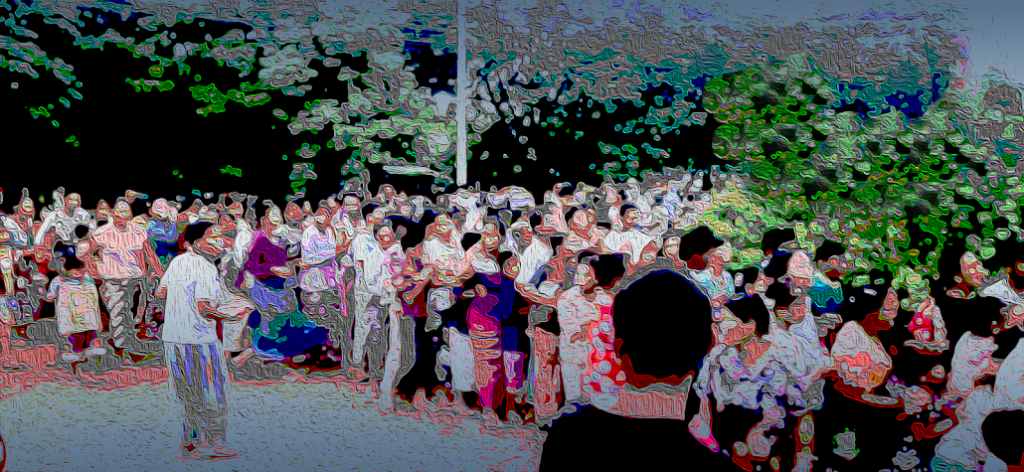Myanmar Spring Chronicle – August 26 Scenes
MoeMaKa, August 27 2022
Food Shortage in Armed Conflict Area and Rising Commodity Prices
IDP – Refugee camps in some of the conflict areas of Myanmar were trying hard to get enough basic food and rice, and there were also refugee camps in Kayah state where people were eating rice porridge because they couldn’t get enough rice.
Because there is more than one road connection to regions such as Sagaing and Magway Divisions, rice and basic food can be transported from bordering regions, but for refugee camps in Kayah State, Paletwa and some townships in Chin State, transporting food is a challenge. The least developed region, like Paletwa, relies on the waterway as its main communication, and when the armed groups controlled that route, the price of rice for basic daily consumption rose up to 2-3 times that of the cities and residents are suffering the effects of it. In Kayah state, there were local people who needed to buy rice from other regions because their region did not produce enough rice. For refugees in war-evading camps, it has become difficult to transport food, when there was blockage to areas, where battles were occurring between armed forces. International aid organizations such as the United Nations have been limited in their humanitarian assistance, and the military council’s 4-cuts strategy has led to food shortages for the locals.
On the other hand, while there is only one focus for the victory of the revolution, there were local people, who had to flee from the villages without being able to transport the food they had grown and collected because it was destroyed and whose houses were burned. The lives of the local war refugees were completely dependent on aid and they were struggling to eat and survive as their number one priority. In the meantime, for those who were sick, money, to be able to buy medicine, access to hospitals, etc. were more difficult, and there were many losses of lives that were not directly related to the war. Even in urban areas where there was no armed conflict, many lives were lost due to deteriorated health care, so in areas where people were hiding in the forests and mountains, such as war refugee camps, there were more lives lost.
These numbers are not recorded by anyone or any organization, so we don’t know how much is actually happening on the ground.
The number of people killed by guns, bombs and heavy artillery as a result of war and armed conflict can be recorded because they are in the news, but the number of people killed as a side effect of this war is not recorded.
Other topics for today are armed conflict, economic falls and rises in commodity prices as consequences of the military coup. The military coup led to the departure of the businesses of some major Western countries from Myanmar. Political instability, armed conflict, the wrong policy of the military council, high prices on foods and fuel which are also happening globally, all together seem to add towards an economic disaster in Myanmar. Recently, the news reported the military council blocked the outflow of foreign currency and in transferring some capital abroad, it is flowing through illegal money exchange routes. The consequence of this is the unprecedented fall in the values of Myanmar Kyat. When the dollar exchange rate reached more than 3,000 Myanmar Kyats, which is over double the price of 1,400 Kyats, just after the military coup, the prices of all imported products increased and basic commodity prices needed for people’s food, transport and health were becoming unprecedentedly high.
On the other hand, in analyzing this condition from a political point of view, there may be speculations about whether the power of the military council would collapse due to an economic crisis. People’s protests and uprising had reached their peak in the first few weeks after the military coup. Due to this economic crisis and high commodity prices, there may be a view that people will come to the streets again and end military rule. But on the other hand, the overthrowing of political power by unarmed uprisings may be possible under certain circumstances. But people uprisings seem less likely to happen because there is a possibility of the protest being cracked down by force and by further mass arrests in a situation where the top leaders of the military ruled by weapons haven’t divided yet and also, there is no political forces domestically to lead such movement as they are in the other countries and third countries.
Because of the military council’s brutal crackdowns, arrests, and killings, the people only put their hopes on the armed path and I think there is little possibility for people to come out for protest on the streets in cities and rural regions.

